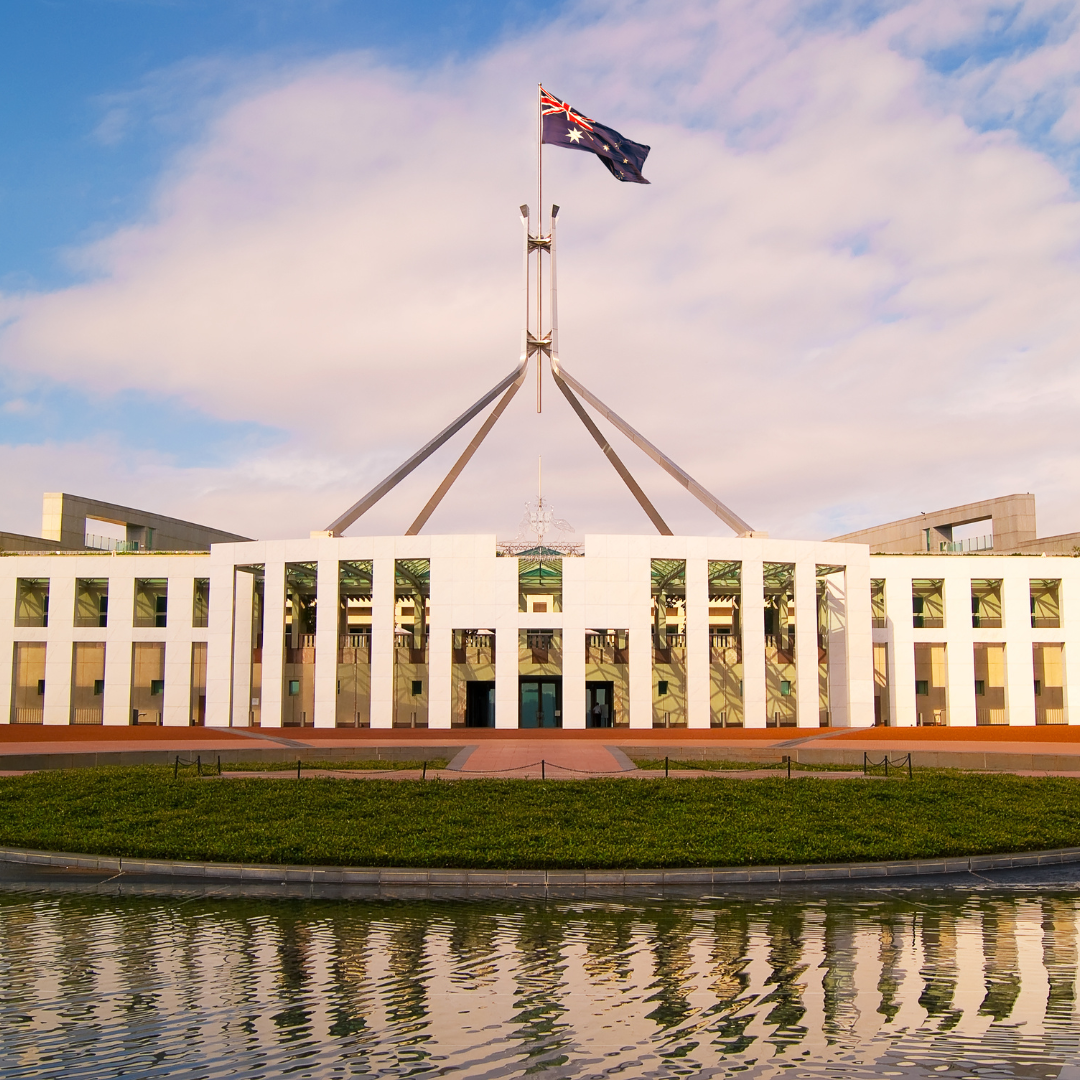
How Aussies are Planning their Christmas Spending this Year
The festive season is just around the corner, and Australians are gearing up for Christmas celebrations with a mix of tradition, joy, and financial savvy. According to recent insights from ASIC’s MoneySmart, this year’s trends highlight a growing focus on mindful spending, thoughtful gifting, and planning meaningful experiences.
But what does this mean for you and your financial well-being? Let’s unwrap how Australians are approaching their Christmas spending and how Life Financial Planners can help you stay on track with your financial goals—even during the busiest time of the year.

Festive Spending: A Balancing Act
This year, Australians are embracing a balanced approach to Christmas spending. While there’s still a lot of excitement around gift-giving, dining out, and family get-togethers, many are making conscious choices to avoid the post-holiday financial hangover. Popular strategies include:
- Setting Budgets: More families are creating dedicated Christmas budgets to ensure they don’t overspend.
- Thoughtful Gifting: From homemade presents to Secret Santa exchanges, Aussies are finding creative ways to share joy without breaking the bank.
- Shared Experiences: Instead of material gifts, many are choosing to invest in memorable activities like road trips, beach days, or festive picnics.
Life Financial Planners can help you design a year-round financial plan that includes festive expenses. This way, you can enjoy the season guilt-free while keeping your long-term goals in sight.
The Magic of Mindful Spending
While the holidays are a time for giving, they’re also an opportunity to reflect on financial habits. ASIC’s MoneySmart report revealed a significant number of Australians are focused on:
- Paying off credit card debt before Christmas spending.
- Opting for cash payments over buy-now-pay-later schemes to avoid extra costs.
- Planning ahead for next year’s festive season with small, regular savings.
We understand how the holiday season can stretch your budget. Our financial advisers can help you create a tailored plan to manage your cash flow during the holidays while staying true to your broader economic goals.
Making the Most of Your Christmas
Christmas isn’t just about what’s under the tree—it’s about celebrating with loved ones and creating lasting memories. Whether you’re hosting a big family lunch, planning a road trip, or looking for ways to give back to your community, smart financial planning can ensure you have the freedom to focus on what truly matters.
Here are Some Festive Tips on Christmas Spending to Keep Your Financial Cheer Intact:
- Plan Ahead: Use a holiday checklist to track gifts, groceries, and other expenses.
- Think Long-Term: Start a Christmas savings account for next year—it’s never too early!
- Seek Expert Advice: A professional financial planner can provide strategies for aligning holiday spending with future aspirations.
At Life Financial Planners, we’re here to help you enjoy the festive season while keeping your financial future secure. Whether it’s managing your cash flow, planning your investments, or preparing for big life goals, our experienced team in West Perth is ready to guide you every step of the way.
Ready to take control of your finances this Christmas and beyond?
Call 08 9322 1882 to schedule a consultation with Marijana or Mei at our West Perth office. Together, let’s make this holiday season one to remember for all the right reasons.
For more festive financial tips, follow us on Facebook and stay inspired!

Government Changes to Employment Paper in 2024
In a significant move to encourage workforce participation among pensioners, the Australian government has introduced changes outlined in its new employment white paper that may affect you. Two key amendments, the permanent increase of the work bonus and the doubling of the nil rate period, are set to provide pensioners with enhanced flexibility and reduced concerns about losing income support while returning to work.
Permanent Increase of Work Bonus:
The government’s employment white paper introduces a permanent increase in the work bonus, allowing you to retain more of your pension while employed. Effective January 1, pending parliamentary approval, if you’re a new pensioner, you’ll start with a work bonus income bank balance of $4,000, compared to the previous $0. Pre-existing and new recipients will maintain an elevated maximum work bonus balance limit of $11,800, up from $7,800.
Doubling of Nil Rate Period:
The nil rate period, applicable to income support recipients, will be extended from six to 12 fortnights. This extension grants any recipient twice the amount of time to receive income from employment before facing a potential loss of government support. The change aims to alleviate concerns about the temporary nature of work and aims to encourage you to take up short-term employment without fearing immediate consequences.
Removal of Disincentives and Smoother Transitions:
These changes are intended to provide you with more confidence should you choose to re-enter the workforce before completely retiring. With an increased work bonus and a longer grace period, stepping back into the workforce is now a much smoother process. Removing the stress factor of losing perks or reapplying for support if your short-term opportunity doesn’t pan out.
How it affects your financial planning for retirement:
Extended Work Opportunities
- The permanent increase in the work bonus allows you to retain more of your pension while engaged in employment—an additional financial incentive for you to consider working for a more extended period before financial planning for retirement.
- The doubling of the nil rate period provides a longer window for income support recipients to receive income from employment without losing government support. It may be worth exploring part-time or short-term work opportunities if you’re nearing retirement.
Flexible Retirement Transition:
- A smoother transition into retirement means you can feel more flexibility in chasing short-term work without immediate concerns about the loss of concessions or the need to reapply for support if the work arrangement doesn’t continue.
Budgeting for Retirement:
- The extended work opportunities may influence decisions about the timing of your retirement and the amount of income to be generated through employment before fully retiring.
Potential Impact on Superannuation:
- While the changes primarily focus on pensioners and income support recipients, it’s important to note that if you currently have a superannuation account, you may be affected. Extended work periods could impact the timing and amount of superannuation contributions, affecting the overall retirement savings.
Adaptation of Retirement Plans:
- If you are in the pre-retirement phase, you may need to adapt your retirement plans to consider the new opportunities and challenges presented by the changes. Factors such as part-time employment, continued skill development, and the evolving nature of the workforce may become more integral to retirement planning.
With these changes, the Australian government is proactively addressing challenges related to workforce participation. With additional financial incentives and extended support periods, there is comfort in knowing that there is a long-term commitment to creating a supportive environment for any pensioners considering or returning to work, a positive step in the right direction for the future economic resilience of our country.
If you’re unsure of any information shared, interested in how your retirement plan may be affected or have any general queries about retiring, contact us at (08) 9322 1882 / admin@lifefinancialplanners.com or visit our office located in West Perth. We’re ready to help you navigate your path to retirement.

Newest Australian Retirement Trends, Reflect Longer Work Lives
The Australian Bureau of Statistics (ABS) has recently revealed data about a notable shift in retirement patterns for Australians. A large source of the findings relates to the upward trajectory in retirement age, especially for women, and how more Australians are choosing to stay in the workforce longer than ever before. Let’s delve into the key findings shaping the landscape of retirement advice in Australia.
A rise in Average Retirement Age:
The ABS data for 2020 indicates a significant change in the average age of retirement, which has increased by a year to 56.3 years. In the larger picture, this is signalling a shift in trend. Australians are opting for extended careers before embracing retirement.
Women’s Prolonged Workforce Participation:
A noteworthy aspect of this trend is the substantial increase in the average retirement age for women. From 2018 to 2020, women are now retiring at the age of 54, up from 52. This is a clear departure from traditional retirement age norms and reflects the growing trend of women staying actively engaged in the workforce.
Men’s Retirement Age Dynamics:
While the average retirement age for men decreased slightly from 59.5 years in 2018 to 59.3, the overall trend suggests a complex interplay of factors influencing retirement decisions among men.
Changing Perspectives on Retirement:
The conventional notion of retirement at 65 is transforming, with the average Australian intending to retire at that age. However, this intention contrasts with the actual retirement age, reflecting a desire among many to continue working beyond traditional retirement benchmarks.
Pension and Partner’s Income:
The ABS data underscores the pension’s continued significance as a primary income source for retirees. Interestingly, 34% of retired women rely on their partner’s income, emphasising the importance of financial independence for women in retirement.
What does this mean for your retirement plan?
The changing retirement landscape in Australia has several implications for if you are considering retirement or in the process of planning for retirement. Here are some key takeaways:
Extended Work-Life Expectancy:
If you are planning for retirement, there is a larger consideration of the potential for an extended work life. The consequences of this may involve reevaluating your retirement savings goals, investment strategies, and the anticipated duration of post-retirement financial support.
Redefining Retirement Age:
There is more common flexibility in the sentiment of retirement. The conventional retirement age of 65 is evolving, and it’s okay to opt for a later retirement based on personal preferences, health, and financial considerations. Your retirement plan should be flexible to accommodate any personal changes and preferences.
Gender-Specific Considerations:
Superannuation Planning for Women: The increase in the retirement age for women highlights the importance of tailored superannuation advice and planning. Initiatives such as contributing to super during paid parental leave can enhance financial security for women in retirement.
Health and Wellbeing in Retirement:
With a trend toward longer work lives, you can feel less pressure to leave the workforce entirely, instead opting to work part-time or engage in fulfilling activities post-retirement. Retirement plans should not only focus on financial aspects but also consider health, well-being, and opportunities for continued personal growth.
Pension and Income Sources:
Diverse Income Streams: As the pension remains a significant income source, retirees should assess their eligibility and plan for a mix of income streams. Diversification can include pensions, personal savings, and potentially continued part-time employment.
Regular Review of Retirement Plans:
Given the evolving retirement landscape, individuals should regularly assess and adapt their retirement plans. This includes reassessing financial goals, adjusting investment portfolios, and staying informed about changes in superannuation policies.
As Australia witnesses a larger cultural shift in retirement culture, the data presented by the ABS paints a better picture of the state of our evolving work-life patterns. If you have questions about how this may affect you or wish to discuss your retirement plan, contact us at (08) 9322 1882, email admin@lifefinancialplanners.com or visit our contact page. We’re ready to help you navigate your path to retirement.

 PHONE 08 9322 1882
PHONE 08 9322 1882